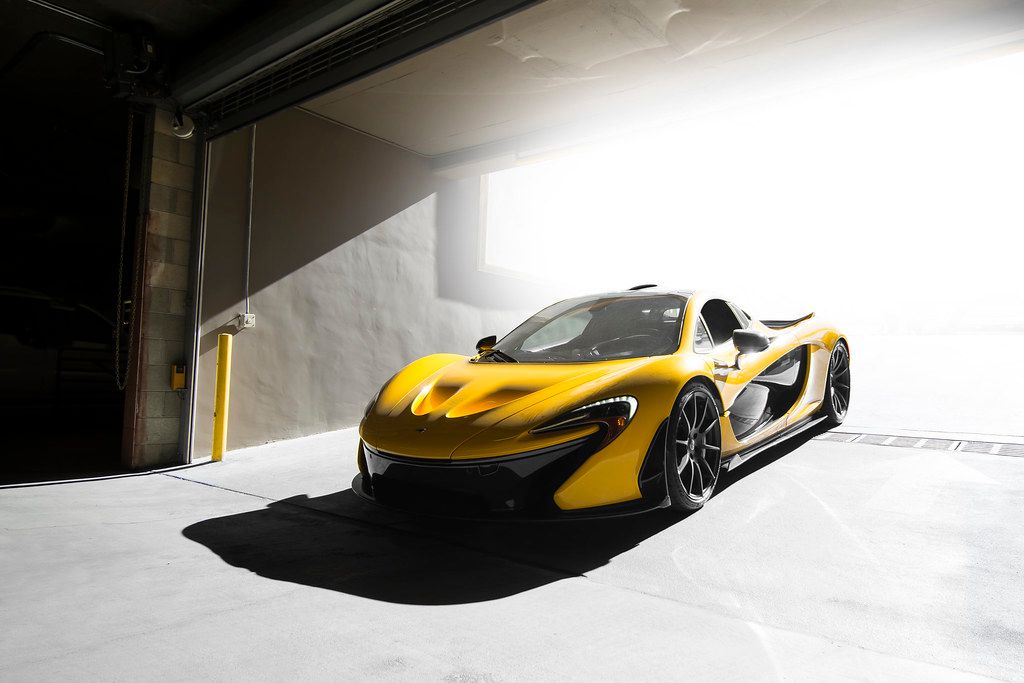
Electric vehicles have undeniably ushered in a new era of personal transportation, heralded as a greener and more efficient alternative to their fossil-fueled predecessors. Yet, beyond the visible absence of tailpipe emissions and the palpable reduction in running costs, a profound, often overlooked, transformation is underway: the very soundscape of our roads. The shift from the internal combustion engine’s familiar rumble to the near-silent glide of an EV is not merely a change in decibels; it is a complete redefinition of how we perceive, interact with, and even design our vehicles.
This sonic revolution is complex, touching upon everything from fundamental physics to cutting-edge cultural design. It demands not only a deep dive into the engineering marvels that make these vehicles move but also a keen understanding of human perception and safety. As we navigate this transition, we are discovering that while the quietness of EVs offers numerous benefits, it also presents unique challenges, compelling engineers and designers to craft entirely new auditory experiences that are both safe and appealing.
In the following pages, we will explore the intricate world of electric vehicle sounds. We will delve into the scientific reasons behind their distinct acoustic signatures, the critical regulatory frameworks driving their audible presence, and the fascinating ways in which automakers are embracing – and sometimes struggling with – the mandate to make their silent machines heard. This journey will uncover how the absence of a traditional engine roar is not just changing what we hear, but also what it means to drive and be a pedestrian in an increasingly electric world.

1. **The Fundamental Quietness: Why EVs Don’t Roar Like ICE Cars**The most striking characteristic of an electric vehicle, for anyone accustomed to traditional automobiles, is its profound quietness. The familiar symphony of mechanical explosions, grinding gears, and exhaust notes that define a gasoline or diesel car is simply absent. This fundamental difference stems directly from the core power source: the internal combustion engine (ICE) versus the electric motor.
Gasoline engines produce noise through a complex series of chemical reactions and mechanical movements. Fuel combustion creates rapid expansions, pushing pistons, which in turn drive a crankshaft. This entire process, coupled with the vibrations of countless moving parts and the expulsion of exhaust gases, generates a significant amount of noise. It’s a defining characteristic, often associated with power and performance, but also a major contributor to urban noise pollution.
Electric motors, by contrast, operate on an entirely different principle. They rely on the interaction of magnetic fields to generate torque, rotating a rotor within a stator. This process is inherently silent, eliminating the primary source of noise found in conventional cars. The result is a driving experience that, at low speeds, can be described as almost ethereal, a quiet hum replacing the assertive roar.
This inherent quietness is a double-edged sword. On one hand, it significantly reduces noise pollution in urban environments, contributing to a more peaceful living space and potentially reducing stress and fatigue for drivers. On the other hand, it creates a new challenge: the near-silent approach of an EV can catch pedestrians, especially those with visual impairments, off guard, leading to potential safety risks that traditional noisy cars did not present.
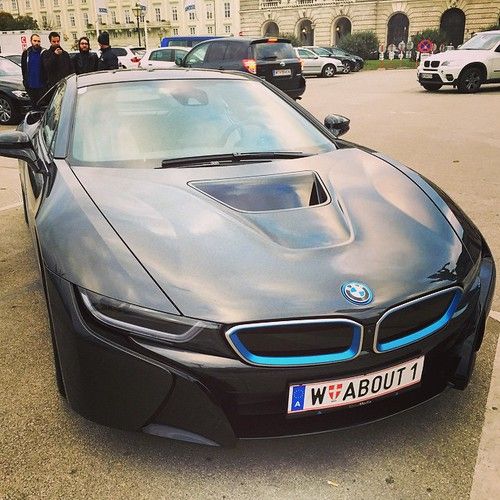
2. **The Regulatory Mandate: Why EVs *Must* Make Noise Below 20 mph**Recognizing the potential safety implications of nearly silent vehicles, governments and regulatory bodies worldwide have stepped in, mandating that electric vehicles emit artificial sounds at low speeds. The consensus, particularly for speeds below approximately 20 mph (or 30 km/h), is that the natural sounds of an EV – tire and wind noise – are insufficient to alert pedestrians to an approaching vehicle.
This regulatory imperative is rooted in comprehensive research and studies. For instance, the National Highway Traffic Safety Administration (NHTSA) in the U.S. states that new electric cars and hybrids must emit noise when operating at speeds below roughly 20 mph. These sounds are specifically designed to convey the vehicle’s location, speed, and direction of travel, offering crucial warnings before the natural, speed-dependent noises take over.
The urgency for these regulations is particularly high for vulnerable road users. As NHTSA spokesperson Lucia Sanchez emphasized, “For pedestrians who are blind or vision-impaired, sound emitted by individual vehicles – as opposed to the general sound of moving traffic – is especially critical.” Studies have shown that while at higher speeds (above 20 mph), tire and wind noise suffice, at low speeds, the absence of engine noise makes EVs significantly harder to detect audibly.
These rules are not arbitrary. The U.S. National Highway Traffic Safety Administration’s final ruling, for example, requires warning sounds when traveling at speeds less than 18.6 mph (30 km/h), with full compliance by September 2020. Similarly, the European Parliament approved legislation mandating Acoustic Vehicle Alerting Systems (AVAS) for all new quiet electric and hybrid vehicles registered from July 2021, requiring a continuous noise level of at least 56 dBA at 20 km/h or slower.

3. **The Science of EV Sounds: Motor Hum, Power Electronics Whine, and Rolling Noise**While the absence of an internal combustion engine eliminates a significant source of noise, electric vehicles are not entirely silent. Their unique soundscape is shaped by a combination of inherent operational noises and external factors. Understanding these elements is key to appreciating the engineering behind the EV auditory experience.
The most characteristic sound of an electric vehicle is often described as a distinct hum or whine emanating from the electric motor itself. This sound is not accidental; it’s a direct consequence of the motor’s operation. Within the motor, the interaction between the rotor and stator, along with the flow of electricity through the windings, generates these specific frequencies. The pitch and intensity of this hum are dynamic, varying with the motor’s speed, the load it’s under, and its specific design, creating a nuanced auditory signature.
Beyond the motor, the power electronics play a significant role in an EV’s sound profile. These components are responsible for converting and regulating the flow of electricity throughout the vehicle. As they perform these vital functions, they can generate a high-frequency whine, particularly noticeable during acceleration or at higher speeds. This sound is often perceived as a high-pitched squeal or a buzzing, contributing another layer to the vehicle’s overall acoustic identity.
Finally, even with silent motors and sophisticated electronics, electric vehicles are still subject to what are known as rolling noise and aerodynamic noise. Rolling noise is produced by the tires’ contact with the road surface and becomes a significant factor, especially as vehicle speeds increase. Similarly, aerodynamic noise, caused by air flowing over and around the vehicle body, plays an increasingly dominant role at highway speeds. These sounds are not unique to EVs but become more prominent in the absence of a loud engine, revealing the subtle complexities of vehicle acoustics.
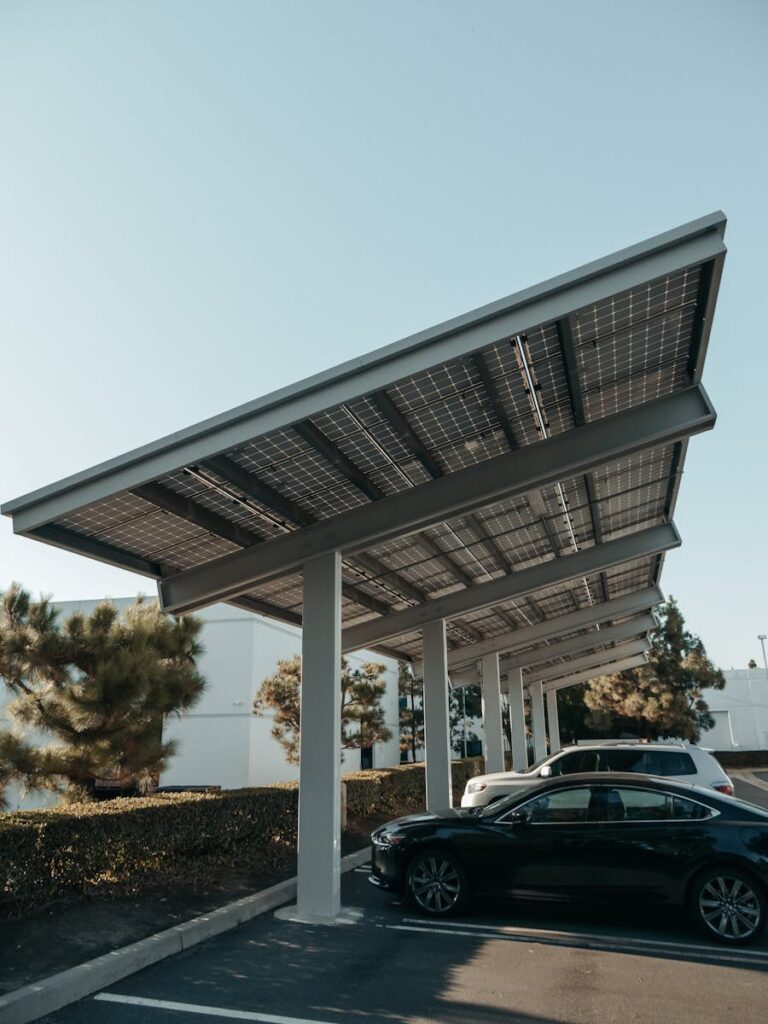
4. **Pedestrian Safety: The Crucial Role of Acoustic Vehicle Alerting Systems (AVAS)**The quiet nature of electric vehicles, while environmentally beneficial, poses a significant challenge to pedestrian safety. In a world accustomed to identifying approaching vehicles by their engine noise, the near-silent presence of an EV creates a potential hazard. This concern has led to the widespread adoption and development of Acoustic Vehicle Alerting Systems (AVAS).
AVAS are specially designed to generate artificial sounds at low speeds, thereby alerting pedestrians, cyclists, and other vulnerable road users to the presence of an approaching electric vehicle. These systems are not just an add-on; they are a critical safety feature, ensuring that the benefits of quiet transportation do not come at the expense of public well-being. The sounds emitted by AVAS are carefully engineered to be noticeable without being overly intrusive or alarming.
Research has consistently highlighted the necessity of AVAS. Studies funded by organizations like the National Federation of the Blind, such as the one conducted by the University of California, Riverside, demonstrated that pedestrians could detect a conventional car much earlier than a quiet hybrid operating in electric mode. This gap in audible detection significantly reduces reaction time, underscoring the risk posed by silent vehicles at low speeds.
The implementation of AVAS is a direct response to these findings. Manufacturers are tasked with creating sounds that effectively communicate a vehicle’s presence, location, and direction, particularly below the threshold where tire and wind noise become naturally dominant. This system bridges the gap created by the absence of engine noise, reintroducing a vital auditory cue that has long been integral to road safety dynamics. It’s a proactive measure to ensure that the silent revolution of EVs enhances, rather than compromises, urban safety.

5. **Automakers’ Creative Freedom: Divergent Approaches to EV Sound Design**With regulations mandating artificial sounds at low speeds, automakers have found themselves in a unique position: tasked with creating a new auditory identity for their electric vehicles. This necessity has opened up a surprisingly wide field for creativity, allowing manufacturers to define not just how their EVs look and drive, but also how they sound.
General Motors Regulatory Sound Engineer Glenn Pietila aptly noted that “EV sound design is wide open,” with “a lot of different directions people are going.” This freedom has led to a diverse array of sonic approaches, ranging from the futuristic and technological to the familiar and evocative. Manufacturers are leveraging their brand identities, market positioning, and even cultural references to craft distinct sounds.
Some automakers are opting for sounds that lean into the futuristic aspect of EVs, with spaceship-like whirs or abstract tones. Others are attempting to bridge the gap with traditional vehicles, designing sounds that evoke the power and presence of gasoline engines without actually having one. This creative latitude means that what one EV sounds like could be vastly different from another, even at the same speed.
However, this freedom is not boundless. Regulations, such as those from the NHTSA, stipulate that these warning sounds must meet minimum sound pressure levels and maintain consistency across all cars of the same make, model, year, body type, and trim. This ensures that while creativity is encouraged, the primary objective of pedestrian awareness and safety remains paramount, preventing a cacophony of unpredictable noises on the road.

7. **Performance EV Soundscapes: Dodge’s ‘Fratzonic Chambered Exhaust’**For performance vehicle manufacturers, the transition to electric powertrains presents a unique, deeply felt challenge: how do you convince a loyal customer base, accustomed to the raw, visceral experience of a high-horsepower gasoline engine, to embrace a silent electric future? It’s not merely about matching acceleration figures; it’s about replicating an emotional connection, a sensory engagement that has defined an entire segment of automotive culture. The sound, or lack thereof, is paramount in this equation, demanding innovative solutions that bridge the gap between tradition and technology.
Dodge, a brand synonymous with muscle and raw power, has tackled this head-on with its Charger Daytona EV and its strikingly named “Fratzonic Chambered Exhaust” system. Far from a simple hum, this system is engineered to create a “deep rumble and visceral feel” that directly evokes the sensation of a traditional, gas-powered muscle car. This is not about being futuristic; it is an overt appeal to familiarity and a commitment to preserving the essential elements of the muscle car experience within an electric platform.
Kevin Hellman, Dodge brand manager, articulated this strategy clearly to USA TODAY, stating, “Our approach was familiarity, consistency.” He further emphasized that sound “is synergistic to the whole muscle car experience,” acknowledging that for this specific demographic, the auditory feedback is an inseparable component of driving enjoyment. It’s a bold statement that challenges the notion that all EVs must sound like spaceships, instead offering a potent argument for sonic continuity.
Indeed, industry observers like Cameron Rogers, a news manager at market researcher Edmunds, have highlighted the intrigue of this approach, noting how “it’s ‘really interesting’ to see how automakers are tackling the sound requirements ‒ especially performance vehicle manufacturers like Dodge.” He pondered the pivotal question, “How do you convince your customer who doesn’t mind a 5-mpg car into an EV switch?” The answer, in part, lies in these meticulously crafted auditory experiences, which aim to overcome hesitation by appealing directly to established sensory preferences and brand loyalties.

8. **Customizable Auditory Experiences: Hyundai Ioniq 5 N’s Diverse Soundscapes**While some automakers meticulously craft a single, definitive sound for their electric vehicles, others are embracing the concept of auditory customization, offering drivers a palette of sonic identities. This approach recognizes that the ideal EV sound might be subjective, varying not only by brand but also by the driver’s mood or the driving scenario. It pushes the boundaries of EV sound design beyond mere compliance, turning it into a dynamic, interactive feature.
The Hyundai Ioniq 5 N exemplifies this philosophy by providing drivers with not just one, but three distinct “soundscapes” that can be experienced both inside and outside the vehicle. This level of choice empowers the driver, allowing them to tailor the acoustic environment to their personal preference. It’s a significant step towards making the EV experience more engaging and less prescriptive, acknowledging the diverse expectations of modern drivers.
These soundscapes offer a fascinating range of sonic personalities. One theme meticulously simulates the sound of an internal combustion 4-cylinder engine, providing a sense of traditional familiarity for those who appreciate it. Another offers a “high-performance sound,” designed to amplify the thrill of electric acceleration with a more aggressive, modern tone. The third, taking inspiration from twin-engine fighter jets, ventures into the realm of the futuristic, offering a dynamic and exhilarating auditory experience that evokes cutting-edge technology.
Taylor Marotta, a senior noise, vibration, and harshness engineer at the Hyundai Kia America Technical Center, shed light on the guiding principle behind these options: “The ultimate goal is to have a sound that is authentic, even though it might not always be realistic.” This innovative mindset, Marotta admits, is “shamelessly borrowed from sound designers of movies and video games,” where the objective is to create an immersive, believable experience even for phenomena that have no real-world equivalent, such as a starship screaming through space. It’s about crafting a feeling, not just mimicking a sound.
Car Model Information: 2024 Nissan Rogue SV
Sp: uk
Name: Hyundai Ioniq 5
Manufacturer: Hyundai Motor Company
ModelCode: NE
Production: March 2021 – present
ModelYears: 2022–present (North America)
Assembly: Unbulleted list
Designer: Lee Ji-hyeon
Class: Compact crossover SUV
BodyStyle: SUV
Layout: Unbulleted list
Platform: Hyundai E-GMP
Related: Unbulleted list
Motor: permanent magnet synchronous motor
Battery: SK On
ElectricRange: cvt
Charging: ubl
Wheelbase: cvt
Length: Unbulleted list
Width: Unbulleted list
Height: Unbulleted list
Weight: Unbulleted list
Categories: All-wheel-drive vehicles, Articles containing Korean-language text, Articles with short description, CS1 Indonesian-language sources (id), CS1 Korean-language sources (ko)
Summary: The Hyundai Ioniq 5 (Korean: 현대 아이오닉 5) is a battery electric compact crossover SUV produced by Hyundai since 2021. It is the first product to be marketed under the Ioniq sub-brand, and the first model developed on the Hyundai Electric Global Modular Platform (E-GMP).
Get more information about: Hyundai Ioniq 5
Buying a high-performing used car >>>
Brand: Hyundai Model: Ioniq 5 N
Price: $22,292 Mileage: 21,865 mi.

9. **Artistic Collaborations: When Composers and Musicians Design EV Sounds**The burgeoning field of EV sound design has attracted an intriguing array of collaborators, elevating the process from purely engineering-driven to a sphere of artistic expression. Automakers are increasingly turning to celebrated composers and musicians, recognizing that the creation of a vehicle’s sonic identity is as much an art form as it is a science. These high-profile partnerships inject a unique blend of creativity and cultural resonance into the otherwise technical endeavor of meeting regulatory requirements.
Perhaps one of the most recognized collaborations is BMW’s partnership with Hans Zimmer, the legendary film composer behind iconic scores for movies like “Dune” and “The Lion King.” Zimmer’s involvement in designing the soundscapes for BMW’s i4 electric sedans underscores a commitment to cinematic quality and emotional depth in the auditory experience. It’s about creating a sound that doesn’t just alert, but also inspires and transports, imbuing the act of driving with a sense of narrative and grandeur.
Similarly, Mercedes-Benz is reportedly teaming up with artist Will.i.am to craft an “interactive musical experience” for its electric vehicles, suggesting a future where a car’s sound adapts and evolves with the driver’s journey. Fiat, with its 500e, takes a different, yet equally artistic, approach by having the car sing a digital melody at certain speeds. This melody, according to a March news release, is specifically designed to share a “taste of Italian culture,” transforming a functional alert into a charming, brand-specific cultural signature.
These artistic integrations go beyond merely fulfilling a safety mandate; they are strategic moves to differentiate brands, enhance user experience, and create a deeper emotional connection with the vehicle. By partnering with figures whose craft is fundamentally about evoking emotion through sound, automakers are signaling a new era in automotive design where the auditory landscape of a car becomes a central pillar of its identity, as carefully considered as its visual aesthetics or performance metrics. It’s a fascinating confluence of technology, safety, and creative artistry.
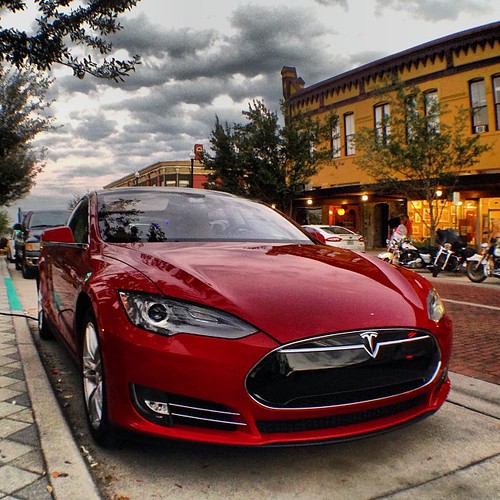
10. **High-Profile Controversies: The Case of Tesla’s ‘Boombox’ Function**The creative freedom extended to automakers in designing EV sounds, while fostering innovation, also necessitates clear boundaries, particularly when public safety is concerned. The delicate balance between unique branding and regulatory compliance came sharply into focus with the controversy surrounding Tesla’s “Boombox” function, highlighting the potential pitfalls when entertainment overrides the primary safety purpose of mandated EV sounds.
The “Boombox” feature allowed Tesla vehicles to play a variety of external sounds, ranging from ice cream truck jingles and clacking coconuts to less dignified fart noises, effectively turning the vehicle into a mobile sound system. While perhaps amusing to some drivers, this functionality drew the swift attention of U.S. safety regulators. Their concern was unambiguous: such sounds could potentially “drown out pedestrian alerts,” thereby undermining the very safety objective that led to the mandate for artificial EV sounds in the first place.
Consequently, the National Highway Traffic Safety Administration (NHTSA) intervened, leading to a recall and the discontinuation of the “Boombox” function while the vehicle was in motion. This regulatory action underscored a fundamental principle: pedestrian warning sounds are not merely an optional feature for entertainment, but a critical safety mechanism. They must meet minimum sound pressure levels and maintain consistency across vehicles of the same make and model, ensuring their effectiveness in alerting vulnerable road users without creating unpredictable or distracting auditory environments.
The Tesla “Boombox” incident served as a stark reminder that even in a field as “wide open” as EV sound design, the paramount concern remains safety. While automakers are encouraged to innovate and differentiate, this creativity must operate within a framework that prioritizes the protection of pedestrians and cyclists. It illustrates the ongoing tension between technological novelty and the imperative of public welfare, reinforcing that the sounds an EV makes are, first and foremost, a matter of responsible design.
11. **Evolving Public Perception: What Consumers Really Want to Hear from EVs**As automakers push the boundaries of EV sound design, an important question arises: what do consumers actually want to hear from these new vehicles? Initial industry assumptions often leaned towards futuristic whirs or engineered roars, yet recent research suggests public preference might be surprisingly conventional. This evolving public perception holds significant implications for the future direction of acoustic vehicle alerting systems and branding strategies.
A revealing online survey of 400 adults in the U.S., a collaborative effort by “sonic branding agency” Listen and behavioral science and neuromarketing research agency CloudArmy, aimed to uncover these preferences. Participants were asked to rank a series of sounds based on criteria such as likability, noticeability, familiarity, and pleasantness. The results presented a potential “shock” to automakers, who have largely been over-indexing on more elaborate or overtly technological EV sounds.
The survey found that the top-rated sounds were “non-tonal,” more closely resembling the auditory profile of a gas-powered car rather than the inorganic sounds frequently emitted by today’s electric vehicles. Respondents found the non-tonal sounds preferable because they were perceived as sounding more like white noise or “nature-derived.” In stark contrast, tonal sounds were often described as “alarming,” “ugly,” and “unappealing,” highlighting a clear divergence in preference.
Indeed, some respondents explicitly stated a desire for sounds that most closely mimicked conventional car noise, suggesting a comfort in familiarity. This public sentiment challenges the prevailing trend of hiring famed film composers or hip-hop impresarios to create unique sonic identities. While regulations require warning sounds to contain frequencies between 1,000 and 4,000 Hz to capture attention, the survey indicates that *how* these frequencies are delivered – through a non-tonal, less obtrusive approach – could be key to achieving both safety and consumer acceptance without negative side effects.
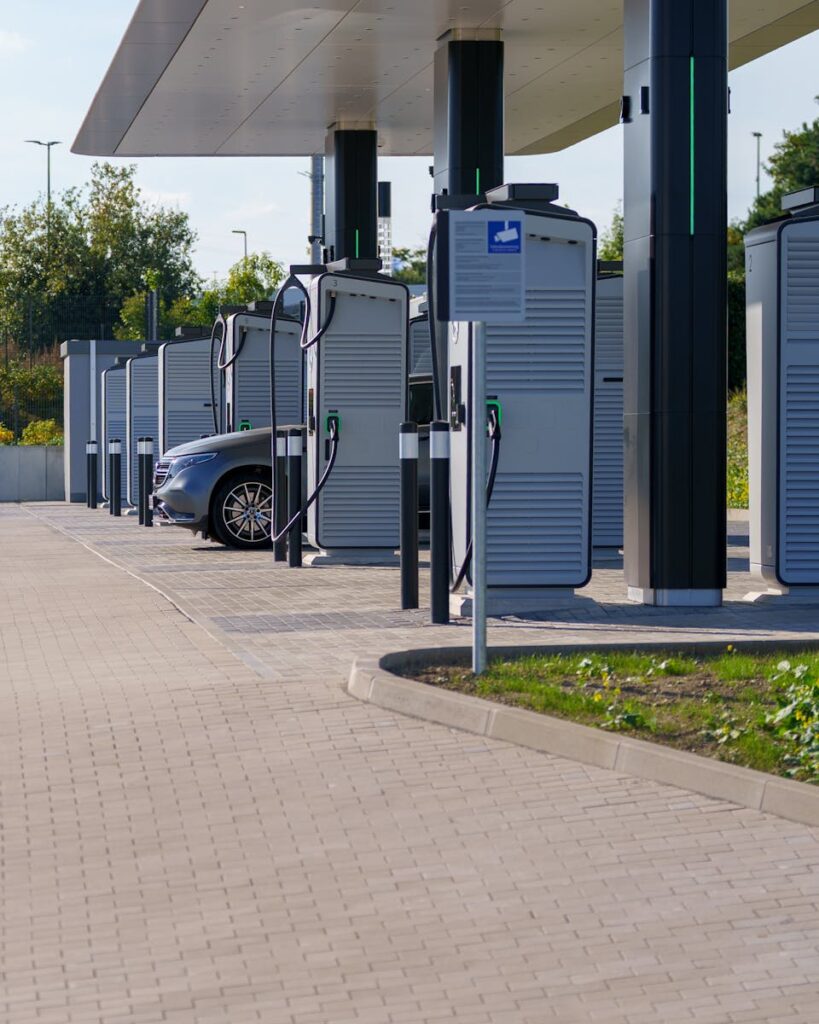
12. **The Global Regulatory Mosaic: Shaping EV Audibility Worldwide**The mandate for electric vehicle sounds is not confined to a single nation but represents a complex, evolving global regulatory landscape. Across continents, governments and regulatory bodies have introduced, or are in the process of introducing, legislation to ensure the audibility of EVs at low speeds, creating a mosaic of rules that automakers must navigate. This global alignment on the necessity of AVAS underscores its universal importance for road safety.
In the European Union, the regulatory framework has been particularly robust. The European Parliament approved legislation in April 2014, mandating Acoustic Vehicle Alerting Systems (AVAS) for all new quiet electric and hybrid vehicles registered from July 2021. These regulations specify a continuous noise level of at least 56 dBA at 20 km/h or slower, with a maximum of 75 dBA, ensuring the sounds are effective without being overly disruptive. The approved amendment further stipulated that “the sound should be easily indicative of vehicle behaviour and should sound similar to the sound of a vehicle of the same category equipped with an internal combustion engine,” highlighting a preference for functional and familiar sounds.
Other key regions have enacted similar measures. Japan was an early mover, issuing guidelines for such warning devices in January 2010. In the United States, the Pedestrian Safety Enhancement Act of 2010 paved the way for the National Highway Traffic Safety Administration (NHTSA) to issue its final ruling in February 2018, requiring warning sounds when traveling at speeds less than 18.6 mph (30 km/h), with full compliance by September 2020. China, too, implemented guidelines for AVAS in September 2019, reflecting a synchronized global effort.
Even in the United Kingdom, where initial research by the Department for Transport (DfT) in 2011 found less correlation between accident rates and noise levels, organizations like The Guide Dogs for the Blind Association actively lobbied for mandatory sound generators. This broad, international consensus, despite regional variations in specific decibel levels or compliance timelines, emphasizes the shared understanding of the safety implications posed by quiet vehicles at low speeds. The goal is a harmonized approach that supports pedestrian awareness while fostering technological advancement.
Ultimately, the complex global regulatory landscape ensures that while automakers retain a degree of creative freedom in shaping the soundscape of their EVs, a foundational layer of safety and consistency is maintained across diverse markets. This collective international commitment is fundamental to the seamless and safe integration of electric vehicles into urban and suburban environments worldwide, continuously balancing innovation with the imperative of public well-being.
From the fundamental quietness of their electric motors to the intricate soundscapes crafted by engineers and artists, electric vehicles are redefining our auditory relationship with transportation. The journey through EV sound design reveals a fascinating interplay of physics, safety regulations, brand identity, and evolving public perception. It’s a field where the absence of a traditional engine roar opens up a world of possibilities, compelling us to listen differently and appreciate the thoughtful construction of a new sonic identity for the future of mobility. As the electric revolution accelerates, the sounds – whether familiar, futuristic, or finely tuned for safety – will continue to be a vibrant and critical component of how we experience our roads and the vehicles that traverse them. They are not merely an afterthought but a deliberate, integral part of the driving experience, meticulously engineered to ensure that while EVs drive different, they also sound different in ways that enhance both safety and satisfaction.


